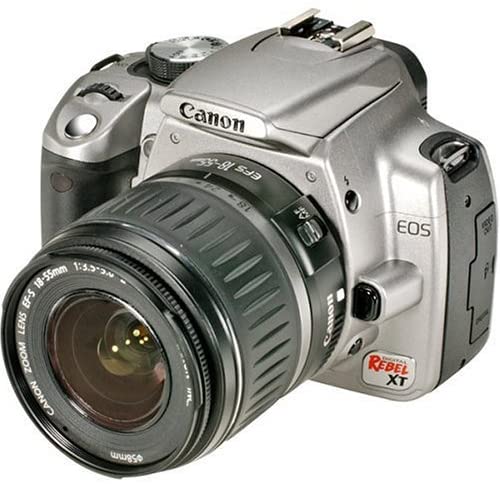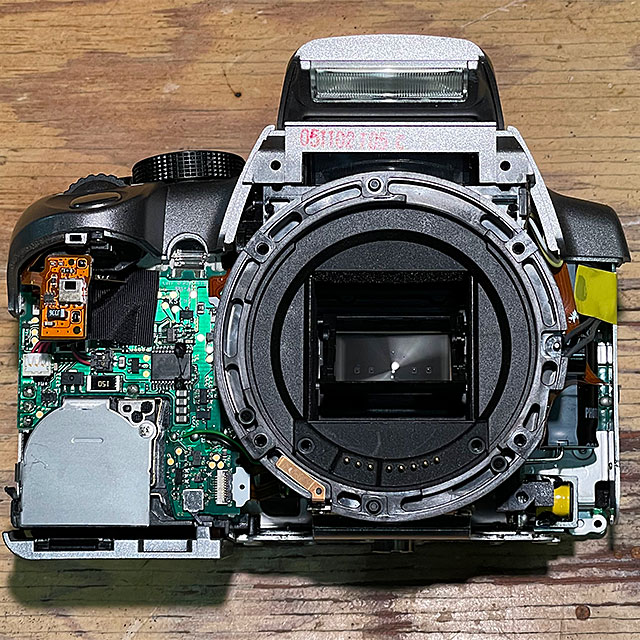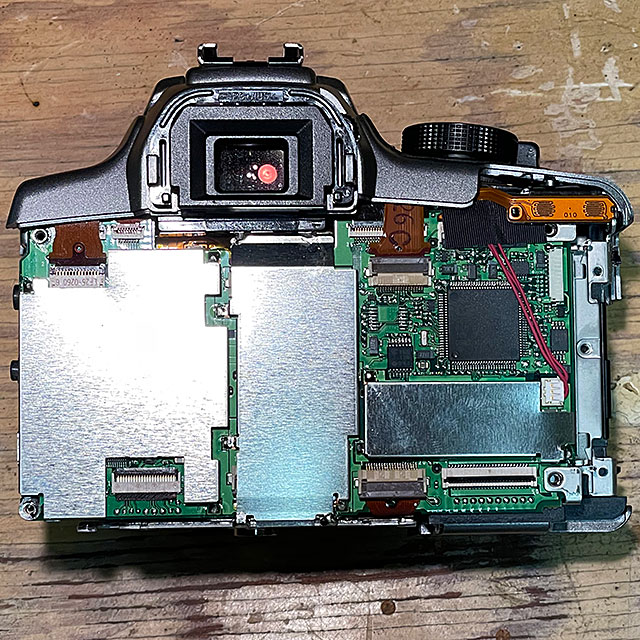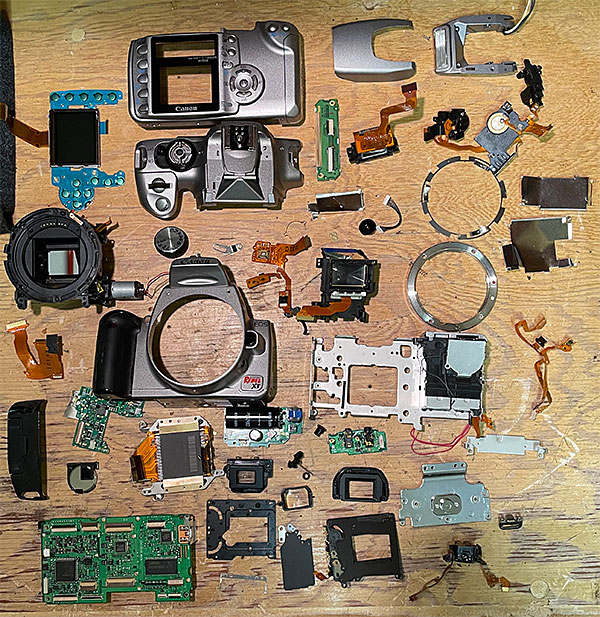My DSLR died a week or so ago. Well, I guess that’s a little dramatic.
In reality, it suffered a fatal injury. Uh, that’s not much better, is it?
OK, what really happened is that one of the electronic contacts that lets the camera communicate with its Compact Flash Card — the medium on which it stores the photos it captures — broke, rendering the camera useless. That would normally be a tragedy of epic proportions, except in this case, the camera is 16 years old, and I can buy a new one from Amazon for $73.49, as of this writing. (Yes, it’s hard to believe that one can still buy a camera model that’s been around that long.)
The camera is a Canon Digital Rebel XT, and it was a gift from my former church in Midland for the years I spent as a volunteer building and maintaining its website. It was, frankly, the coolest “appreciation gift” I’ve ever received, and over the years I took tens of thousands of photos with it.

Mine came with a 50mm lens, not the short zoom shown here. But otherwise, just the same.
Its 8 megapixel sensor is laughable by today’s standards (my iPhone 12 camera has 12 megapixel capability, and even entry-level DSLRs today sport a minimum of 24 megapixels), but it served me well, especially when I applied a little (or a huge) amount of Photoshop magic to the images. It also helped to have a couple of really good lenses, which for me are a Canon 80-200mm zoom with built-in image stabilization, and a Canon 100mm macro lens. Those lenses will transfer to another Canon DSLR at some point.
And, really, even today the photos it takes (or took *sniff*) are perfectly acceptable for online use. I never professed to be a fine art photographer.
Anyway, after doing an in-depth cost-benefit analysis of getting a $73.49 camera repaired, I determined that there was only one reasonable thing to do: dismantle the sucker to see how it was put together.
Oh, c’mon…don’t tell me that you’ve never done this before, especially if you’re a guy — not that a gal is incapable of such antics; they just tend to have better sense.
So, I retired to my clean room, aka the garage, found my #00 size Phillips screwdriver, and began the dissection. Approximately 80 screws later, here’s what the patient looked like.



Anatomy of a digital SLR camera
I briefly considered making the preceding photo an image map, where moving the cursor over the different parts would pop up a description, but then I realized that I don’t know what most of them are called. You can probably figure out the big stuff on your own, anyway.
I have no good explanation or justification for this exercise other than a genetic predisposition for destruction, but it did cause me to marvel at the technology that this mishmash of metal, plastic, and glass combined to produce, as well as the effort it takes to assemble something like this camera.
P.S. The exploded view of the camera components shown above doesn’t do it justice; there were a number of sub-components that I didn’t disassemble for the photo. However, I have a reputation for mayhem to maintain, and I did eventually take everything apart that didn’t require a hammer and anvil.
Discover more from The Fire Ant Gazette
Subscribe to get the latest posts sent to your email.
